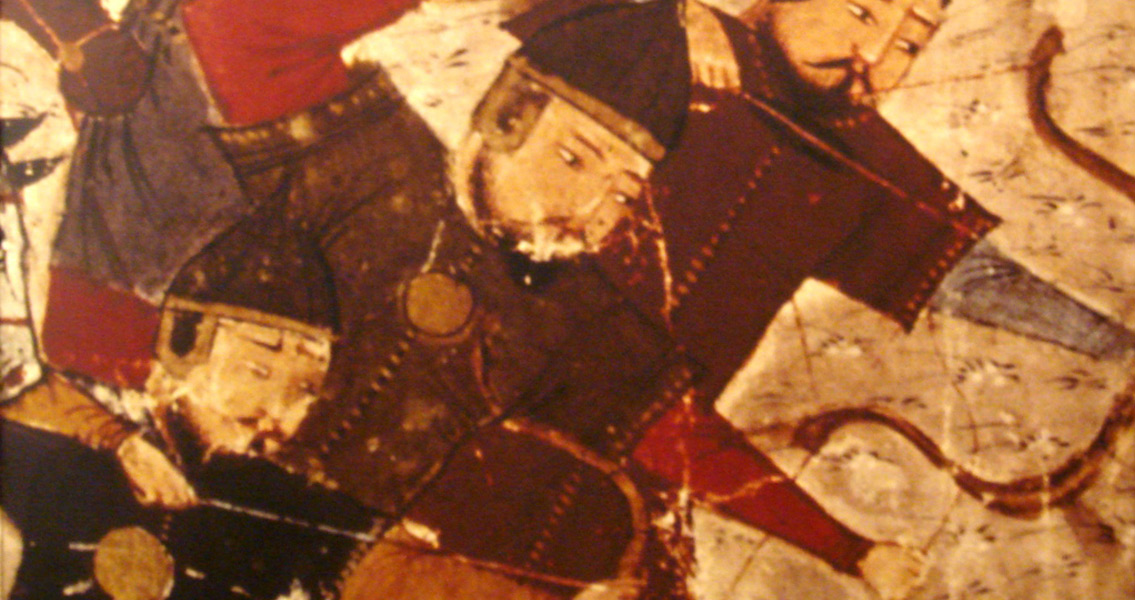Live Science, there were several types of stone structures discovered by archaeologists from the Siberian Department of the Russian Academy of Sciences and Kazakhstan’s Mangistau State Historical and Cultural Reserve. These structures range in size from a modest 13 feet by 13 feet to as large as 112 feet by 79 feet, and are made from stone slabs that were inserted vertically into the ground. Many of the structures have a passing resemblance to Stonehenge, the researchers report. Several of the slabs have also been carved to depict a wide variety of items, including weapons and animals. More than just stone structures were found. Archaeologists unearthed artifacts left behind by those that inhabited the complex, including a saddle featuring silver ornamentation which, like many of the stone structures, depicts animals such as deer, wild boar and prey animals that bear a passing resemblance to lions. Research into the saddle has led researchers to believe ancient artisans originally designed the embellishments using leather before gluing them to wooden boards. These pieces of leather would then have been covered by silver plates and held together until an impression was formed in the silver. The stone complex was originally discovered in 2010 by an amateur metal detector operator who found several artifacts, including parts of a silver saddle. It wasn’t until 2014 that the funds for archaeological research into the region could be secured; the fruits of this archaeological team’s labor, which includes the discovery of several more artifacts, have been recently published. Much of the excavation work and subsequent study has been preliminary in nature, according to the researchers. However, initial analysis indicates that some of the formal details of the stone enclosures and their construction methods point to nomadic tribes. Taking the artistry of the saddle into consideration, researchers are speculating that the Huns, a nomadic group of Eurasian warriors as famous for their horsemanship as they were notorious for their military dominance during the fifth century CE, may have been linked to the site. In fact, due to the design of the saddle, the precious metals involved in its construction and its artistry, archaeologists are nearly certain that its owner held privileged status. The saddle may even bear some indications as to which particular clan the individual belonged to. It could have been left behind as part of a burial ceremony or some other ritual event, researchers suggested; while there were skeletal remains discovered in the structure where the saddle was found, there are no indications that the skeleton was buried at the same time the saddle was left there. Additional research on the complex and other discoveries is ongoing. A research paper on the silver saddle is planned for 2017. The original research paper, published in the journal Ancient Civilizations from Scythia to Siberia, can be found online here Images of the stone complex can be found at Live Science]]>







